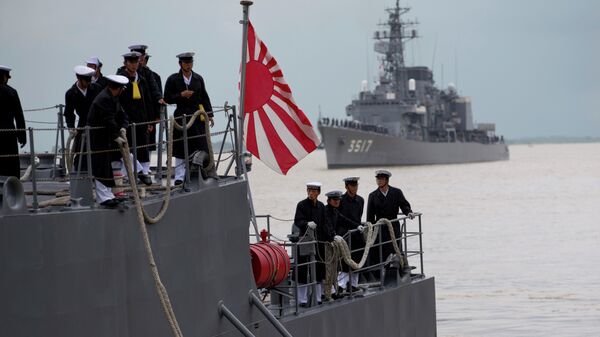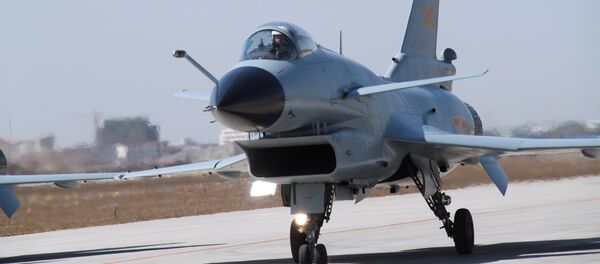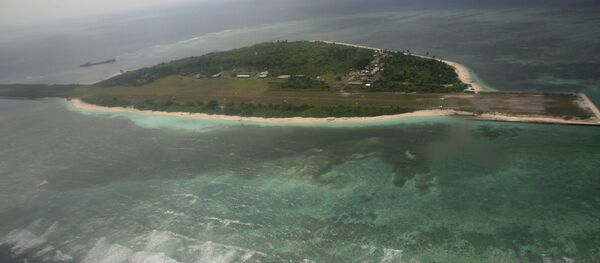Tensions have steadily risen between Tokyo and Beijing over a group of largely uninhabited islands in the East China Sea. Both nations claim ownership, and the islands overlook major shipping lanes in the Pacific Ocean, which means the United States has an indirect interest, as well.
“We don’t take a position on final sovereignty on the Senkakus,” President Obama said during his tour of Asia last April, “but historically they’ve been administered by Japan and should not be subject to change unilaterally.”
A growing Chinese military presence in these waters has brought a new set of guidelines before the Japanese parliament, aimed at strengthening the country’s collective self-defense. A plan that has Washington’s full support.
Vice Admiral Robert Thomas, commander of the US Seventh Fleet, hopes these new guidelines will allow for “multilateral exercises across the region.”
“They have the capacity and the capability in international waters and international airspace anywhere on the globe. That’s the important point,” Vice Adm. Robert Thomas, commander of the US Seventh Fleet, told reporters on Tuesday. “The decisions that are pending with regard to collective self-defense will clearly allow the Japan Maritime Self-Defense Forces to interact with, frankly, a lot of international partners, not just the US Seventh Fleet, in a more flexible fashion.
Japan is planning on adding F-35 stealth fighter jets to its air defense system, as well as Global Hawk drones. The military also wants to set up its own amphibious assault unit, similar to the US Marine Corp. This division would be capable of acting quickly if the Senkakus were invaded.
Japanese military leaders have shown similar support for the new guidelines.
“There are areas that we can’t now do in a seamless way [with the Seventh Fleet], so we hope that these areas will be improved in the process of formulating the guidelines,” Vice Admiral Eiichi Funada, commander of the Japanese fleet, told reporters on Tuesday.”
He also stressed concerns about the growing Chinese military.
“[China’s] recent exercises were also a matter of attention for us,” Funada said. “We are not sure what the exact significance of the exercises was, but as part of the expansion of the Chinese military, it is something that we must watch with caution and continue to collect intelligence on.”
These “exercises” refer, in part, to drills conducted earlier this week by the Chinese air force, in which H-6K bombers flew over the Bashi Channel, a waterway between Taiwan and the Philippines. That exercise was seen as a provocation against both Taiwan and US forces stationed on the island of Guam.
Potentially in response, a pair of US fighter jets made what the Pentagon called a “precautionary landing” at an air base in Taiwan. Chinese officials expressed anger over what they saw as a political message.
Japanese Prime Minister Shinzo Abe has long advocated for expanding Japan’s military capabilities. While the island disputes have been one flashpoint, the beheading of two Japanese nationalists in January by the self-proclaimed Islamic State has also pushed Abe’s drive to develop stronger defenses.





